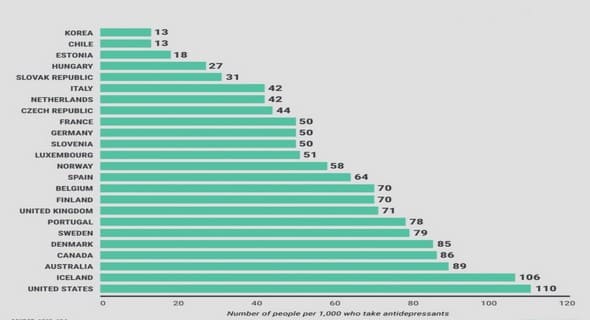(Downloads - 0)
For more info about our services contact : help@bestpfe.com
Table of contents
1 General properties of Dysprosium
1.1 Physical properties
1.1.1 Electronic conguration
1.1.2 Cooling scheme
1.1.3 Isotope shift
1.2 Interactions in dipolar quantum gases
1.2.1 The anisotropic dispersion interaction
1.2.2 The dipole-dipole interaction
1.2.3 Scattering properties for a cold dipolar gas
2 Experiment
2.1 Experimental setup
2.1.1 The vacuum and laser systems
2.1.2 Typical experimental sequence
2.2 Trap losses due to binary collisions
2.2.1 Light-assisted collisions: models and limits
2.2.2 Experimental investigation of 2-body losses in a Dy MOT
2.3 Optical dipole trap
2.3.1 Experimental setup
2.3.2 Measurement of oscillation frequencies
2.3.3 Loading the ODT
2.4 Optical transport of a thermal cloud
2.4.1 Harmonic case
2.4.2 The real trap
3 Atom-Light interaction: trapping vs heating
3.1 Optical light shift and photon-scattering rate
3.2 Lifetime and heating in a dipole trap at l = 1070 nm
3.2.1 Case of a circular polarization
3.2.2 Case of a linear polarization
3.3 Lifetime and heating in a dipole trap at l = 626 nm
3.4 Dipolar relaxation
3.4.1 Theoretical derivation of the two-body loss rate and its dependence on the B-eld
3.4.2 Experimental investigation of the dipolar relaxation in a thermal gas
4 Interactions between Dysprosium atoms and evaporative cooling
4.1 Forced evaporation in a single far detuned optical beam
4.2 Crossed dipole trap
4.2.1 Characterization of the crossed dipole trap
4.2.2 Optimizing the loading into the cross dipole trap
4.3 Controlling the interactions via Feshbach resonances
4.3.1 Nature of Dy Feshbach spectrum
4.3.2 Characterization of a Feshbach resonance
4.4 Forced evaporation in the cross dipole trap
4.4.1 Evaporation model
4.4.2 Gravity eects on the evaporation eciency
4.4.3 Interaction eects on the evaporation eciency
4.5 Heating in the cODT
5 Manipulating the atomic spin with light
5.1 Spin-dependent light-shift
5.2 Calibration of the coupling strength
5.3 Eective magnetic eld
Conclusion and perspectives


